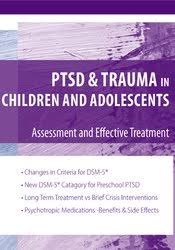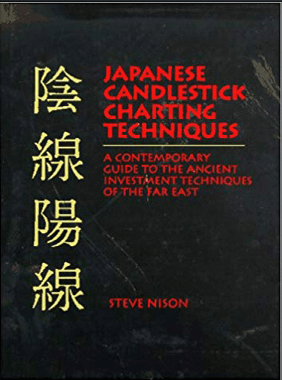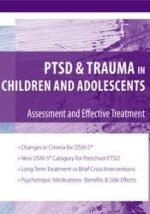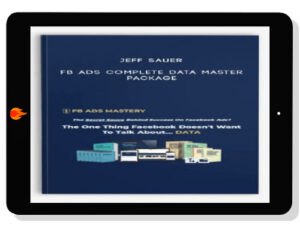(This course is available for immediate delivery)
Stephanie Moulton Sarkis – PTSD and Trauma in Children and Adolescents
Changes in Criteria for DSM-5®
New DSM-5® Category for Preschool PTSD
Long Term Treatment vs Brief Crisis Interventions
Psychotropic Medications -Benefits & Side Effects
Childhood presentations of post-traumatic stress disorder (PTSD) can be difficult to identify and treat. Watch this seminar and learn cutting-edge strategies for children who present in your practice with symptoms of PTSD. You will learn interventions for both immediate post-trauma and long-term treatment. In the new DSM-5®, there is a new feature in the diagnosis of PTSD – a preschool subtype for children ages six and younger. You will learn the new criteria as this change will impact how you diagnose and treat children with PTSD.
Discover why some children develop PTSD symptoms, while others do not – even after being exposed to the same traumatic event. You will learn what psychotropic medications are prescribed for PTSD in the pediatric population, along with benefits and side effects. Find out what you can do as a clinician to reduce your client’s symptoms and protect your client from future recurrences of PTSD.
Summarize major differences between childhood PTSD and adult PTSD.
Discuss the new DSM-5® PTSD pre-school subtype and developmental changes in the diagnosis of PTSD
Identify treatments for PTSD in children, including specific cognitive-behavioral and play therapy interventions.
Discuss the benefits of long-term treatment versus brief crisis interventions for pediatric PTSD.
Identify psychotropic medications prescribed for pediatric PTSD.
Relate the future directions of research on pediatric PTSD.
Would you like to receive Stephanie Moulton Sarkis – PTSD and Trauma in Children and Adolescents ?
Developmental Course of PTSD
Children
Changes in criteria for DSM-5® (2013)
Influence of PTSD
ADHD, depression, and anxiety’s
Adults
Changes in expression of symptoms
PTSD & Trauma in Children – Case Studies
Columbine High School shootings (1999)
Indian Ocean tsunami (2004)
Hurricane Katrina (2005)
China flooding (2010)
Japan tsunami (2011)
Exposure to community violence
Children with a history of abuse
Sexual abuse
Physical abuse
Witnesses to domestic violence
DSM-5® (2013) – PTSD Pre-school Subtype
New subcategory for PTSD
Children younger than 6 years old
Symptom clusters
Minimum symptom requirements
Witnessing parent trauma
Application to bullying and domestic violence
On-site Trauma Treatment for Pediatric PTSD
Crisis therapy treatments
Critical Incident Stress Debriefing (CISD)
Psychological First Aid (PFA)
Debriefing
Psychoeducation for parents
Clinical Treatments for Pediatric PTSD & Trauma
Cognitive Behavioral Therapy (CBT)
Cognitive restructuring
Desensitization
Imaginal exposure
Rehearsal of traumatic experience
Play therapy
Relationship-based
Storytelling
Reenactment
Puppetry
Sandtray play
Filial play therapy
Sports/games therapy
Art therapy
Formal Elements of Art Therapy Scale
Chapman Art Therapy Treatment Intervention
Trauma-Informed for sexual abuse
Group therapy
Multi-Modality Trauma Treatment
CBT
School-based psychosocial treatment
Brief trauma/grief-focused psychotherapy
Parental/caregiver participation
Social support
Stable home environment
Medications
Antidepressants
Anxiolytics
Future research on PTSD & Trauma in children
Genetic links and markers predisposing children to PTSD
School violence and development of PTSD
Here’s What You’ll Get in Stephanie Moulton Sarkis – PTSD and Trauma in Children and Adolescents








